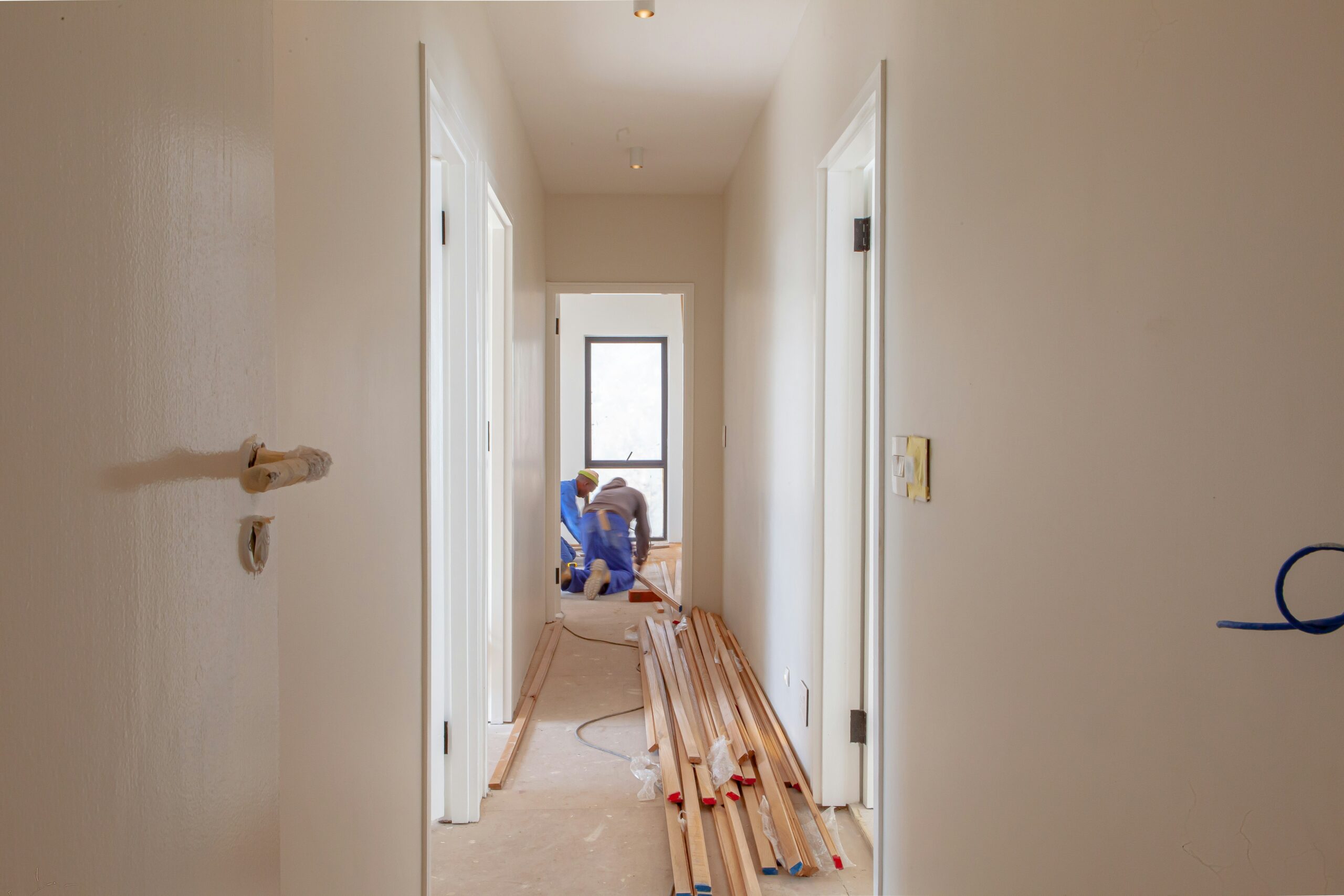Even the most refined architecture encounters challenges. Cracks, leaks, and shifting foundations can transform a masterpiece into a death trap. All’s well with the world, though; engineers have got your back. This post will equip you with six intelligent strategies to tackle these issues, ensuring complete trust in every building project.
1. Identifying the Root Cause Before Acting
The best engineering begins by identifying what is truly going wrong. This approach avoids the fix-first mistake: rather than begin repairs straight away, the engineers study the site. Through observation, experimentation, and modelling, they gained information about the structure and the factors influencing its operation.
As a result, they were able to determine the overarching causes of structural distress, such as superficial corrosion, waterproofing, and foundation settlement. When the problem is as specific as this, the solution also focuses on it.
2. Using Advanced Structural Monitoring Tools
Thanks to the drones, laser scanning, and sensors in question, engineers are able to gather information about the current state of a building’s health without setting foot inside it. These devices can accurately measure stress and mechanical behaviour even in the hardest-to-reach places.
By keeping an eye on variances, engineers are able to look for signs of trouble and correct them before disaster strikes. This method is compatible with preservation designs that last a long time.
3. Repairing with Innovative Materials
Patchwork repairs have become obsolete. Today, engineers use carbon-fibre wraps, epoxy injections, and corrosion-retardant coatings to strengthen bridges.
The new materials and techniques upgrade the infrastructure without marring or compromising it. It is a specialisation that is usually the territory of specialists, such as remedial engineers Sydney, to build a structure that not only works but also looks good and lasts for years.
4. Reinforcing Weak Points Without Disruption
Fixing the issue, in this case, can sometimes be the easy part; it’s getting that issue solved without disrupting regular operations. The building is strengthened and modernised by engineers using a meticulously crafted plan and techniques that minimise the amount of intrusion that occurs on the structure, the staff, and the guests.
For example, engineers can covertly stabilise regions using light supports or targeted drilling. In this manner, the works do not unduly disturb the visitors and staff, allowing natural processes to unfold.
5. Managing Water Damage and Moisture Intrusion
Among the common challenges that water poses to any structure, it is a significant threat. Structural engineers integrate waterproofing systems, sealants, and drainage solutions to control moisture. The approach is designed to address water seepage into a structure before the problem escalates into metal rusting and concrete foundation weakening.
Similarly, moisture in terms of air could be a key long-term consideration for the engineers. For example, they must forecast how many years it will take before another rainwater infiltration occurs in their structures.
6. Creating Preventive Maintenance Plans
As soon as the repair is finished, the intelligent engineering will begin to take effect. The goal of the preventive maintenance plans that engineers develop is to provide property owners with the ability to monitor the performance of their investments. It includes scheduled check-ups, performance reports, and prompt repairs for emergency facilities.
As a result, such an approach not only increases the service life but also minimises unexpected expenditures.
The Blueprint for Structural Success
There’s a team of forward-thinkers behind every solid structure just waiting to turn problems into power. Engineers combine science, precision, and ingenuity to generate solutions and possibilities out of challenges and problems. Through pioneering technologies or novel improvisation, they are looking to build better and more resilient spaces for everyone.

